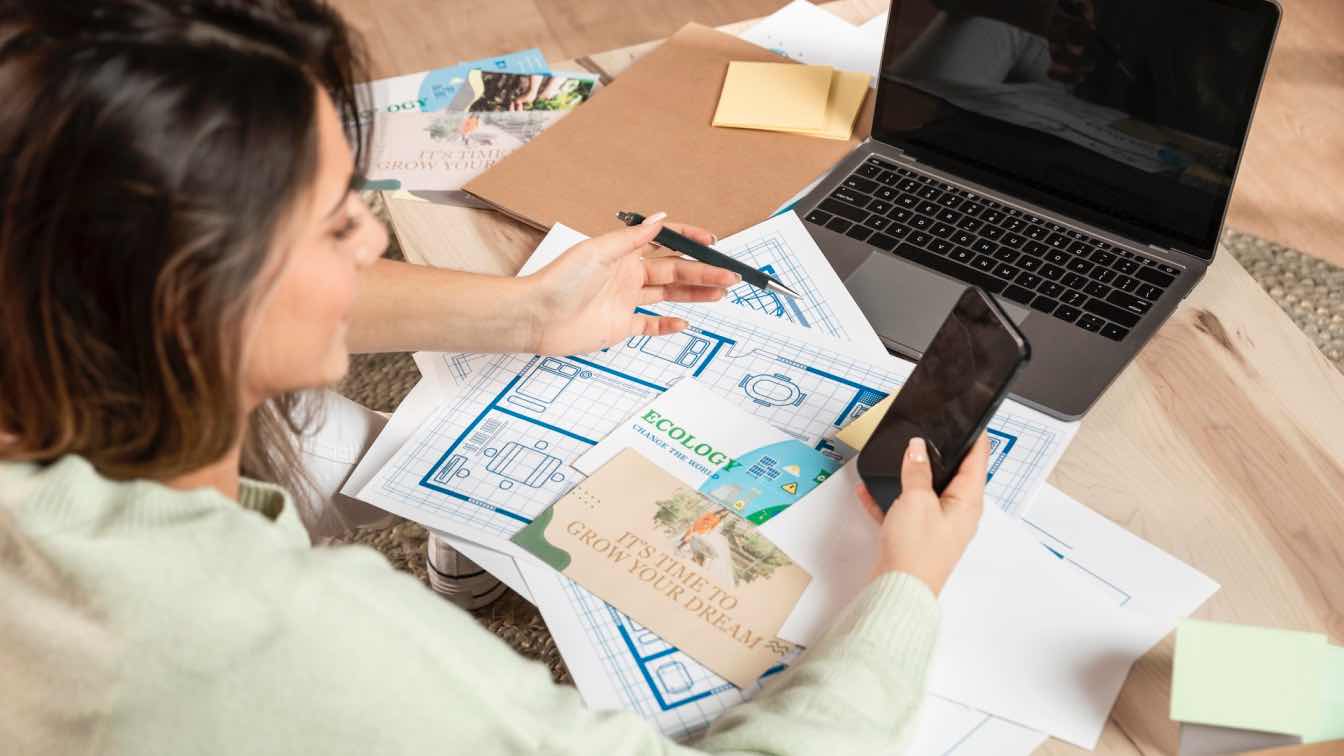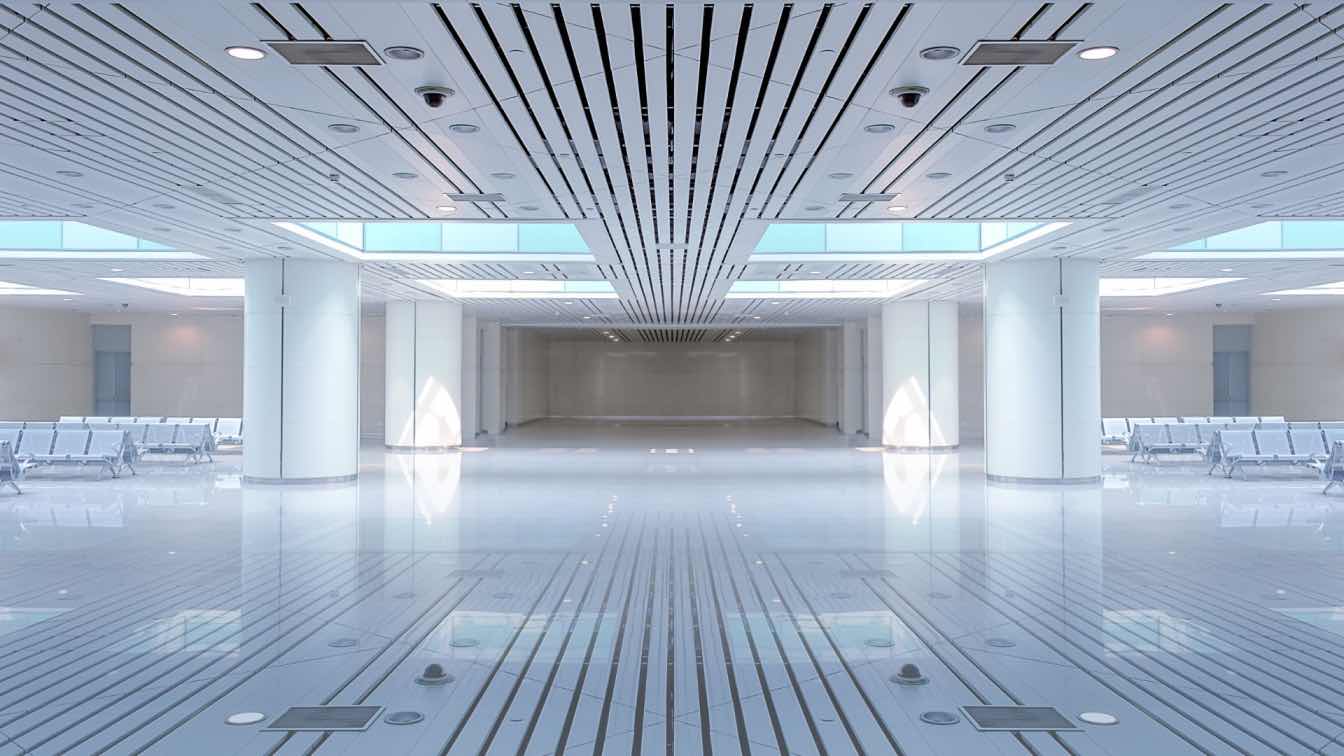Have you ever walked into a room in your house and thought, “Why is this like this?” Maybe the kitchen island is too close to the fridge. Or the bathroom door traps you against the sink. Or your only bedroom outlet is behind the bed.
These details seem small, but over time, they wear on you. They slow you down. They make your home feel like it’s working against you.
The truth is, good design isn’t about magazine looks—it’s about everyday function. It shapes how we move, cook, work, and relax. And today, with more people working from home and doing more under one roof, spaces need to do more than just look nice.
More homeowners are catching on. Open floor plans are being rethought. Guest rooms double as offices. Kitchens now handle dinner and homework. It’s no longer just about style—it’s about making your home fit your life.
In this blog, we’ll share how to create spaces that are easy to live in, built to last, and designed for real life.
Why Function is the Foundation of Good Design
If you’ve ever tripped over a coffee table just to get to the couch, you already know the importance of function. Design should make things easier, not harder. It should support how you live.
But in a world of Pinterest boards and Instagram reels, it's easy to forget that. We chase aesthetics. We fall in love with tile before we consider the layout. We pick a faucet because it's matte black and forget to check if it fits the sink.
That’s why it helps to work with people who think beyond the surface. Blue Collar Scholars is a great example of a team that starts with how a space is used before worrying about how it looks. They take time to understand the way you move through your home, what you do in each room, and how your lifestyle shapes your space.
This approach changes everything. It means fewer regrets. Fewer things that “almost work.” And more spaces that feel just right. Whether it’s adjusting a wall for better light or rethinking the path from the kitchen to the patio, designing for function means asking better questions up front—so the answers don’t cost you later.
Flow Is the Hidden Hero of Every Room
You know that feeling when a space just… works? You can’t always explain it, but you feel it. That’s flow. It’s how one area connects to the next. How furniture, fixtures, and pathways support the way you live.
Flow doesn’t mean open-concept everything. In fact, the open-concept trend is starting to shift. People want rooms again. They want quiet. They want boundaries. But they still want those spaces to connect in a way that makes sense.
That might mean rethinking how a kitchen transitions to a dining area. Or how a hallway leads into a home office. It could be as simple as moving a door—or as complex as reworking the entire layout.
The best part? Flow isn’t a one-size-fits-all formula. It’s about matching design to daily life. Maybe you need a wide hallway for strollers. Maybe you want sightlines from your desk to the backyard. Or a kitchen that lets two people cook without colliding every five minutes.
Designing for flow is about removing friction. It’s about movement that feels natural, not forced. And when you get it right, it makes every day feel easier.
Everyday Life Is the Real Test
Think about the last time your house made something harder than it needed to be. Maybe you’ve hunted for an outlet behind the couch, or opened a hall closet only to be buried in a landslide of stuff you forgot you owned. That’s the kind of thing that doesn’t show up in a floor plan—but it matters.
This is where real-life use reveals what design truly works. It’s not about the perfect photos in a listing or the glossy finishes in a show home. It’s about what happens on a rainy Tuesday when everyone tracks in mud. Or on a rushed Monday morning when you can’t find your coat, your keys, or that paper your kid needs for school.
Let’s say you come home with grocery bags, a wet umbrella, and a dog that just rolled in the yard. A house designed with everyday life in mind gives you what you need: a bench to sit on while kicking off muddy shoes, hooks for coats, a shelf for bags, and a bin for wet towels. Small things, but they keep the chaos from spreading into the rest of the house.
Good design handles the real stuff—the messes, the routines, the unexpected. It creates smart drop zones, hidden storage, and just enough breathing room in the places where bottlenecks usually form. It helps your home move with you, not against you.
That’s why remodeling isn’t only about updated finishes or more square footage. It’s about solving problems you didn’t even know had a solution. The ones that appear not when you’re admiring the space—but when you’re actually living in it.
Small Changes Can Lead to Big Impact
Redesigning your home doesn’t have to mean tearing everything down. Sometimes the best changes are the smallest ones.
Like adding a bench with storage near the front door. Or swapping out swing doors for pocket ones. Or adjusting lighting so your kitchen doesn’t feel like a cave after 4 p.m. These kinds of updates don’t always show up on design blogs, but they make a real difference. They reduce stress, save time and make your home feel more like yours.
And when done with intention, small changes can scale. Fix the entryway, and mornings get smoother. Update your laundry space, and chores feel less like a battle. It's a ripple effect.
All in all, function and flow aren’t flashy. You won’t always see them in a glossy Instagram post. But they’re what make your home feel like home.
They’re the difference between a space that looks good and one that lives well. Between a house that feels stiff and one that fits like your favorite pair of jeans.
Designing for everyday life means putting people first. It means thinking about how you live now—and how you want to live five years from now. It’s not just about making rooms prettier. It’s about making them better.
And when done right, that kind of design doesn’t just change your home. It changes your day-to-day life in all the best ways.





